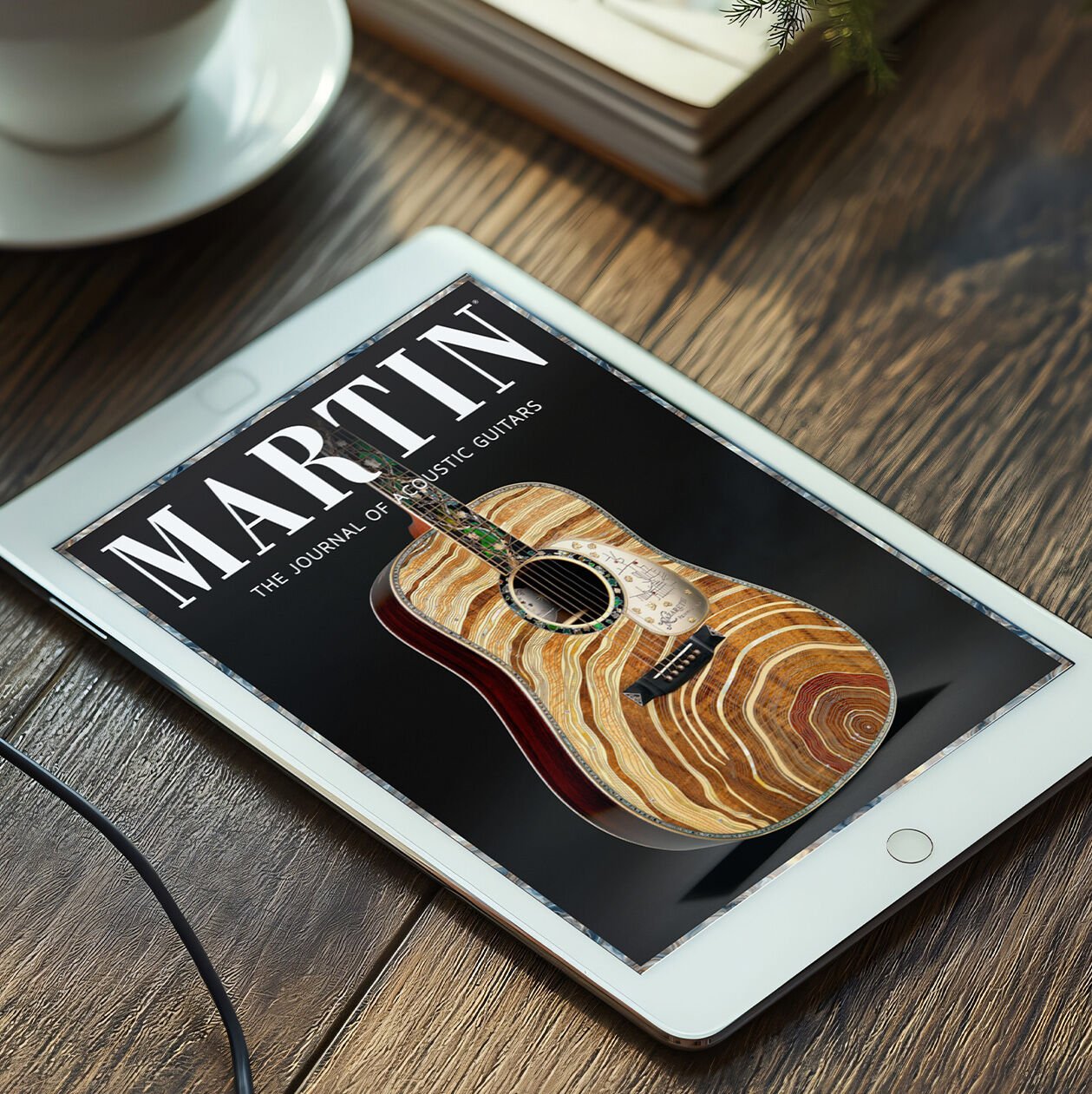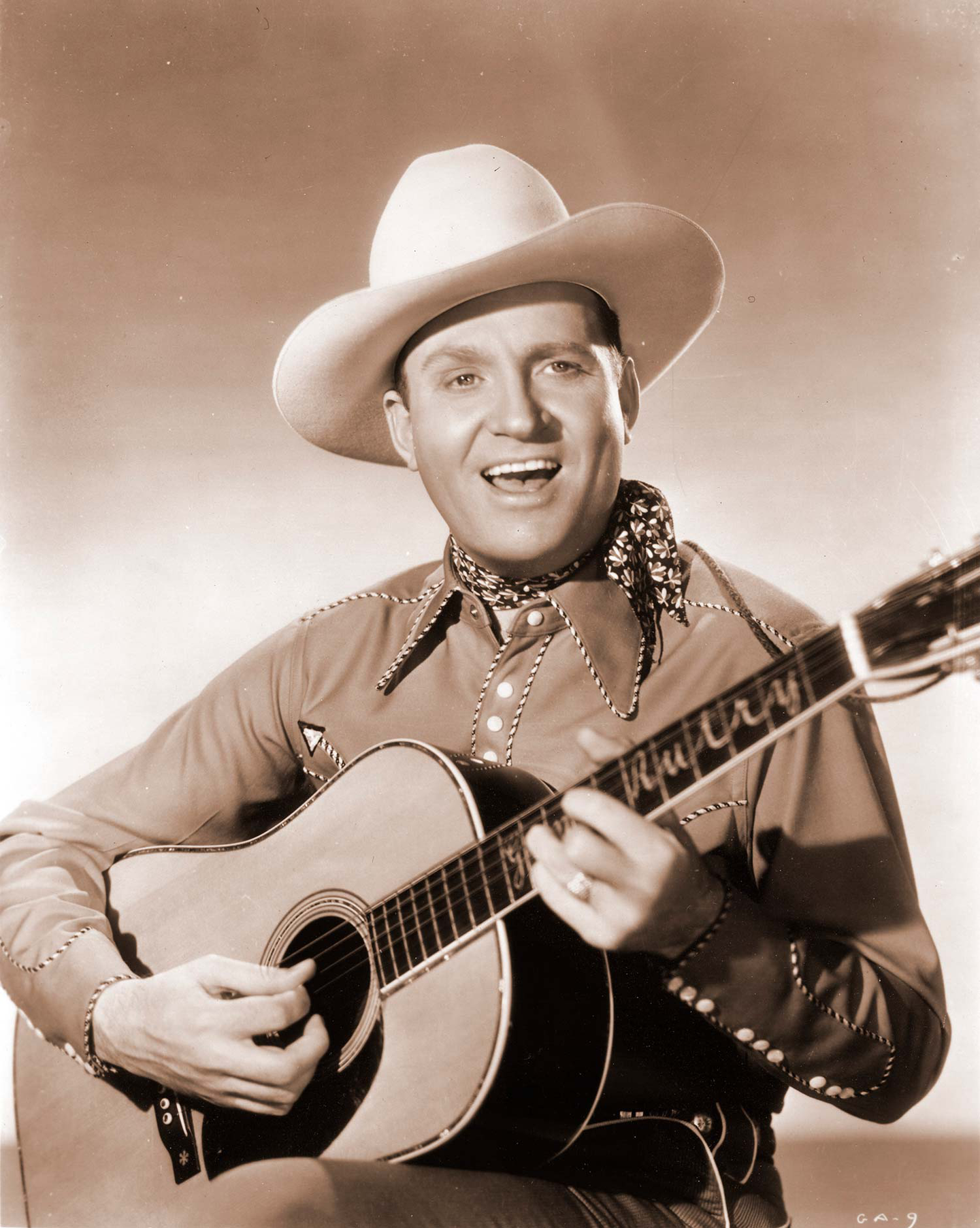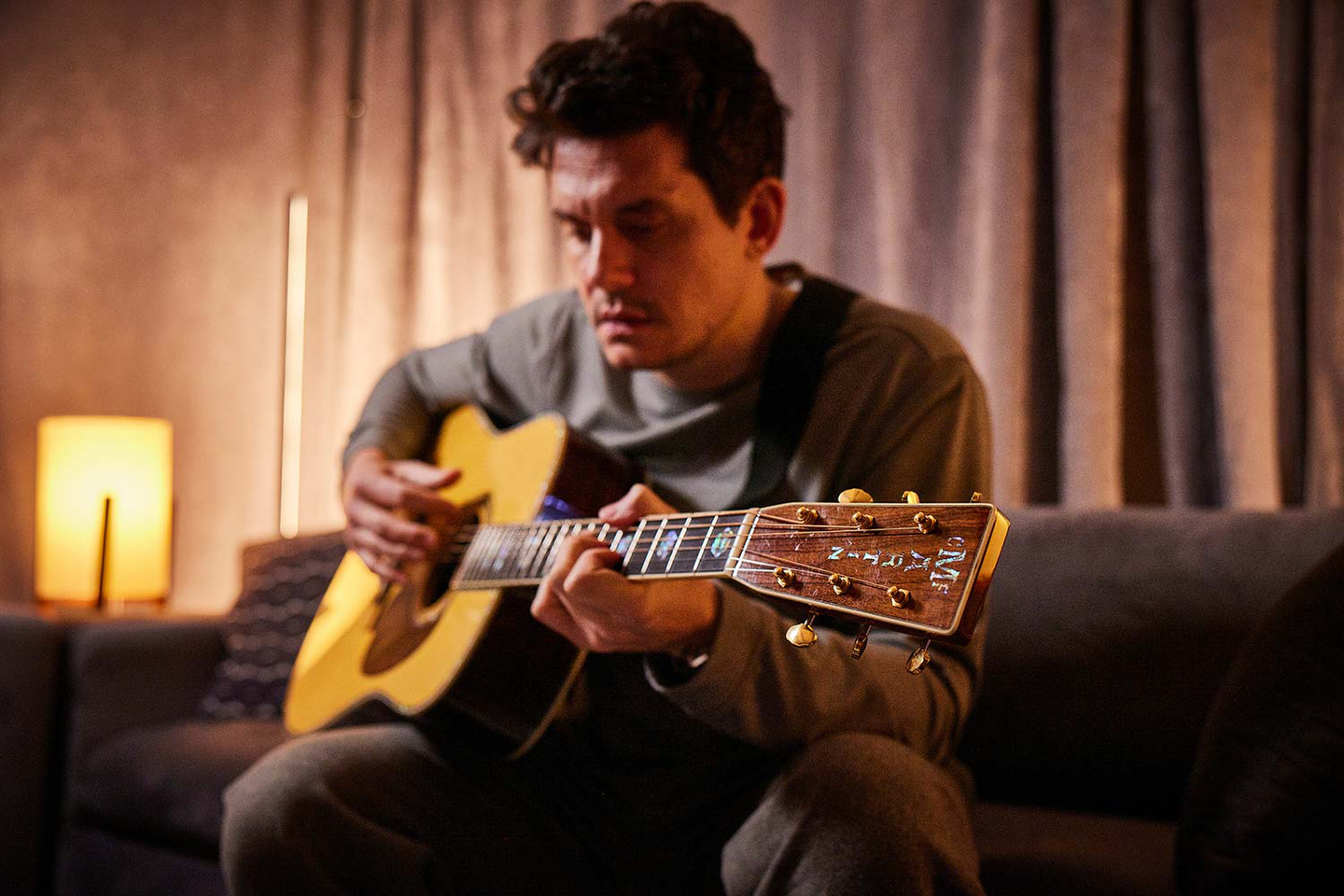Players & History | June 3, 2025
Now Playing: The Latest Issue of The Martin Journal
Celebrate 192 years of music-making magic between Martin and the artists who bring our guitars to life

For nearly two centuries, Martin guitars have been the tools of choice for songwriters, storytellers, and boundary-pushers. But if you ask us, it’s never just been about the guitars. It’s about the relationship between the instrument and the artist—and how, over the last 192 years, that relationship has shaped not only the way we build guitars, but the very sound of modern music.
In the newest issue of The Martin Journal, we’re taking a closer look at that incredible history of collaboration in our feature: “Perfect Harmony.”
Here’s a taste of what you’ll find inside.

It All Started with a Performance
The first documented artist collaboration in Martin’s history happened long before signature models were a thing. It was the 1840s, and Madame Dolores de Goñi—a Spanish virtuoso and one of the finest guitarists of her time—performed at the home of Christian Frederick Martin himself. She was already a fan of Martin’s instruments, and that meeting sparked the creation of something revolutionary.
Not only did De Goñi inspire Martin’s first Size 1 model, but she was also the catalyst for the first X-braced soundboard—a design that remains foundational to our guitars nearly two centuries later. That performance didn’t just mark the beginning of a partnership—it set the stage for a company philosophy rooted in listening, adapting, and co-creating with artists.
Volume Wars and the Birth of the Dreadnought
As musical styles evolved in the early 1900s, so did the demands of performers. Bigger ensembles and louder venues meant players needed more projection—and Martin responded in a big way.
The 000 body shape made its debut in 1902, followed closely by our first steel-string acoustic. Then came a custom request in 1916 from Major Kealakai of the Royal Hawaiian Band for something deeper and louder than anything we’d built before. The result? A one-off guitar that would lay the groundwork for what would become the iconic Martin Dreadnought—a body shape that would go on to define bluegrass, country, folk music, and many other genres for generations.
Learn more about the story behind the Custom K-1 Major Kealakai from Chris Martin IV in the video below.
14 Frets, a New Frontier
In 1929, banjo player Perry Bechtel asked Martin for an instrument that gave him more access up the neck—and so the 14-fret acoustic flattop guitar was born. The Orchestra Model (OM) was groundbreaking not just for its extended fret access, but also for its longer 25.4" scale length and balanced tone.
That single request changed everything. The OM opened the door for new playing styles and directly inspired the Martin Dreadnought’s rise to prominence. It also marked a pivotal moment in the evolution of the acoustic guitar—proof that Martin’s long tradition of responding to musicians’ needs could lead to bold new designs that would go on to shape generations of artists.
Icons and Activists
As Martin guitars became more visible in American music, they also became symbols—of artistry, of rebellion, of identity.
Gene Autry helped put Martin guitars on the silver screen and into the national spotlight. His custom D-45—the very first of its kind—featured his name inlaid across the fretboard, turning the guitar into a full-blown showpiece. Fellow country pioneers like Hank Williams and Johnny Cash also helped solidify Martin’s place in American music, bringing their Martins to the Grand Ole Opry, honky-tonks, and eventually, television screens. And at the dawn of rock and roll, Elvis Presley added to the mystique with his leather-clad Martin, elevating the acoustic guitar’s cool factor for a new generation.

Others used their Martins to challenge the status quo. Woody Guthrie carved “This machine kills fascists” into his Martin 000-18—his first of many guitars to feature that signature statement. Joan Baez carried her 0-45 to civil rights marches, her voice and guitar rising in protest and solidarity alongside the likes of Martin Luther King Jr. and Bob Dylan, who brought a Martin 12-fret on stage during the folk movement’s peak in 1965 to calm a riotous crowd at Newport—after famously shocking the world by going electric—and years later employed a 00-21 to record his seminal album Blood on the Tracks.
In 1968, John Lennon and Paul McCartney turned to their Martin D-28s to pass the time in India, crafting what would soon become the “White Album” and laying the foundation for even more Beatles classics on Abbey Road and Let It Be. Their Martins became woven into the fabric of the Fab Four’s late-era catalog, adding a distinct acoustic texture to some of the most iconic recordings in music history. Paul McCartney still plays a Martin on stage to this day—living proof of the timeless bond between artist and instrument.
As the '70s unfolded, a new generation of artists carried the Martin sound into rock, folk, country, and beyond. Judy Collins brought shimmering texture to the folk scene with her Martin 12-string, while David Gilmour used his D12-28 and D-35 to craft the haunting tones of Pink Floyd’s “Wish You Were Here.”
And while the 1980s may have been quieter for acoustic instruments in pop culture, bluegrass artists like Tony Rice and Ricky Skaggs were still out there, redefining what was possible with a Dreadnought in hand.

Photo: Anne Hamersky
Unplugged and Unforgettable
The '90s brought acoustic music roaring back, with Eric Clapton’s 1992 MTV Unplugged performance marking a major turning point. His now-iconic pre-war 000-42 helped kick off a new era of artist signature models at Martin, starting with the instantly sold-out 000-42EC and the permanent 000-28EC that followed.
Then came Nirvana and Kurt Cobain’s unforgettable Unplugged set, played on a vintage D-18E—an unexpected and electrifying reminder of the acoustic guitar’s emotional power. Around the same time, the Martin Backpacker made its way to space, orbiting the Earth 224 times thanks to astronaut Pierre Thuot.
No matter the stage—or even the planet—Martin guitars were going there.
A New Millennium of Collaboration
In the 2000s and beyond, the relationship between Martin and artists has only deepened. John Mayer brought sleek, modern design to his signature models. Ed Sheeran built a global career using a Little Martin and a looper pedal. And in 2025, bluegrass phenom Billy Strings designed two new signature guitars—one built in Nazareth, one in Navojoa—with accessibility and pro-level playability in mind.
Today, the dialogue between Martin and musicians remains just as vital. Whether it's developing a double-neck Grand J for John Mayer’s Solo tour, a seven-string 0000/M model for guitar hero Johnny Marr, or unveiling the next generation of sustainable guitars with the GPCE Inception™ Maple, Martin continues to evolve in response to the needs of players.
And players continue to shape what comes next.

Want to Read the Full Story?
You can find “Perfect Harmony” in the latest issue of The Martin Journal—available now.
But that’s just the beginning. This issue is packed with stories that celebrate the artistry, history, and future of the acoustic guitar, including:
- A candid conversation with Billy Strings on crafting his signature Martins.
- Reflections from legends Peter Frampton and Johnny Marr on their own Martin journeys.
- A celebration of 100 years of the Martin concert ukulele.
- An exclusive behind-the-scenes look at the jaw-dropping D-3 Millionth milestone guitar.
- A closer look at the refreshed Junior Series—your full-scale companion. Anytime. Anywhere.
- An introduction to the Martin Showcase Class of 2025—some of the most exciting new artists on the rise.
- And more!
Read the full issue here.
It’s 192 years of history—and the next chapter is just getting started.
Until next time, happy playing (and reading)!